As homeowners, we rely on our thermostats to maintain a comfortable temperature in our homes year-round. However, it can be highly frustrating when you discover that your thermostat isn’t working correctly.
It could be due to a variety of factors, from age and wiring issues to programming defects or dirt build-up. Take the time to diagnose the issue and find the right solution for you – whether that’s replacing an old thermostat or cleaning it out – for a more efficient and comfortable living environment year-round.

1. Age of the Thermostat
Have you ever found yourself cranking up the heat or blasting the air conditioning, only to find that your home’s temperature still isn’t quite right? Your thermostat might be to blame. But before you rush to schedule a pricey repair, consider the age of your thermostat.
If it’s been a while since you last replaced it, your device might simply be outdated and unable to keep up with today’s technology. In fact, outdated thermostats are one of the top reasons why your HVAC system isn’t functioning at full capacity.
So, if you’re looking to save on your energy bills and keep your home at a comfortable temperature year-round, it might be time to upgrade to a modern thermostat.
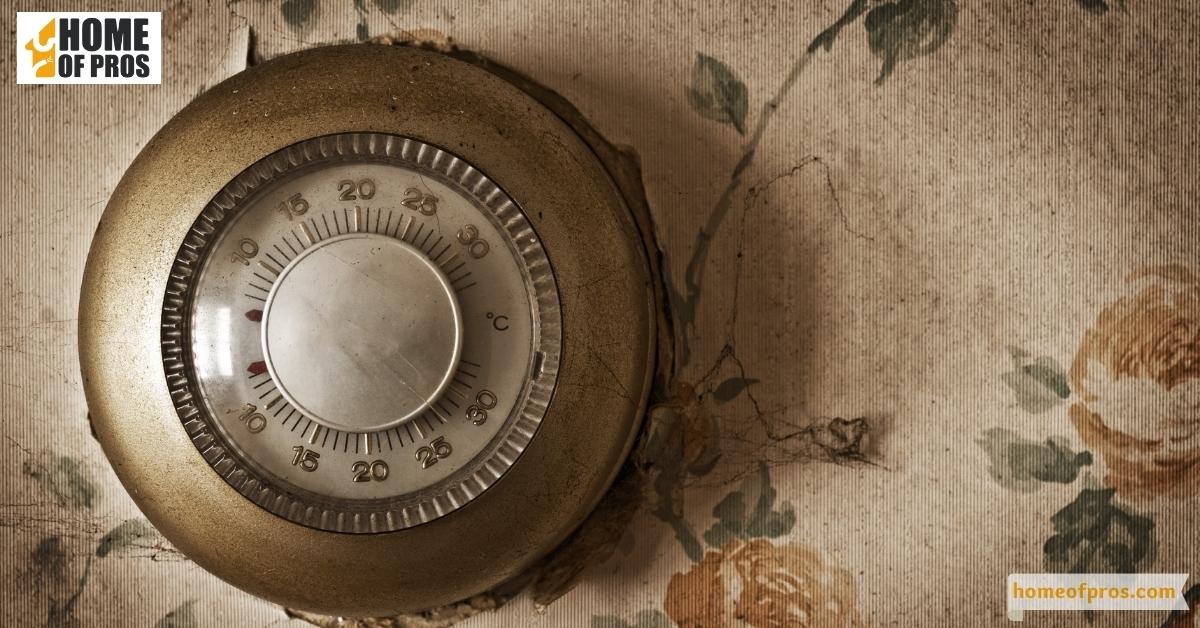
2. Wiring and Parts Issues
If you’ve noticed that your thermostat isn’t working properly, it could be due to issues with the wiring and parts. These problems can be frustrating, but luckily they’re often fixable. One common issue is faulty wiring, which can cause the thermostat to lose power or send incorrect signals.
Another issue is a malfunctioning sensor, which can prevent the thermostat from registering the right temperature. If you’re experiencing either of these problems, it’s best to call in a professional to diagnose and repair the issue.
In the meantime, try resetting the thermostat or checking the batteries to see if that helps. With a little troubleshooting and expert help, you can get your thermostat back up and running in no time.
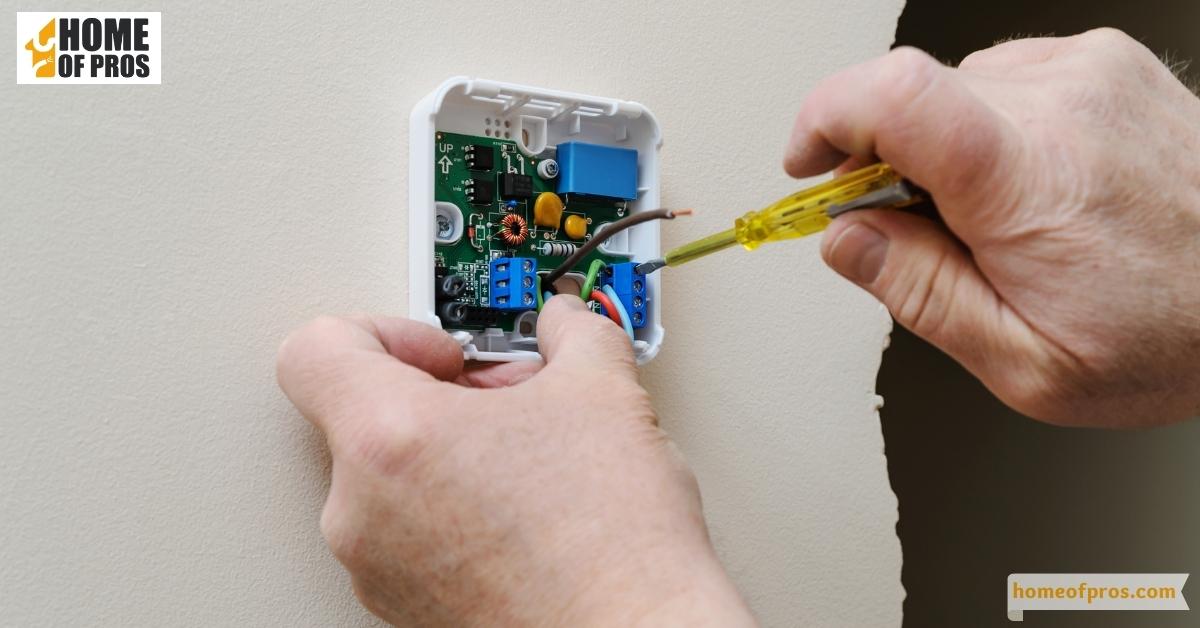
3. Programming Defects
Programming defects can be a common cause behind your thermostat not working properly. These defects can range from simple coding errors to more complex software malfunctions, making it difficult for your thermostat to communicate with your HVAC system. Although programming defects can be frustrating, they are also very manageable.
With a little technical know-how, you can identify the issues with your programmable thermostat and take the necessary action to solve the problem. By taking the time to check for programming defects, you can ensure that your heating and cooling system is running efficiently, keeping your home comfortable all year round.
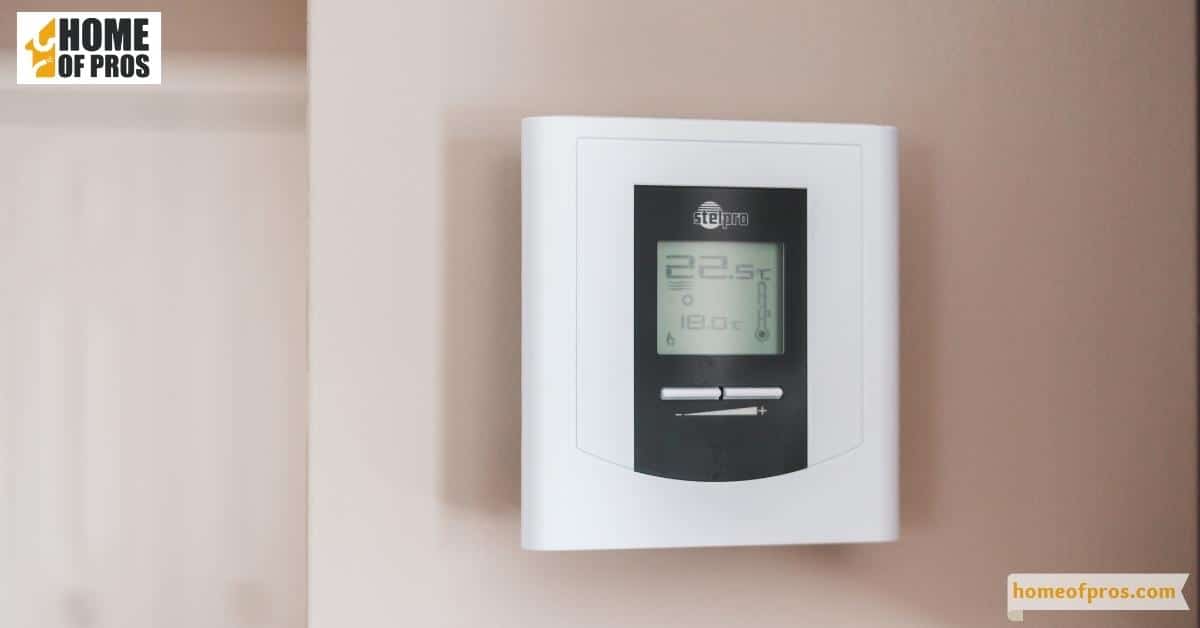
4. Dead Batteries
If your thermostat isn’t working, there could be a number of reasons why. One potential culprit that may surprise you is dead batteries. It’s easy to overlook a seemingly small detail like this, but neglecting to replace your batteries can cause all sorts of issues. Your thermostat could fail to respond to any commands, or it may display incorrect temperature readings.
Fortunately, this is a simple fix that you can easily handle yourself without having to call for professional help. Keep a pack of spare batteries on hand and make it a habit to replace them every so often preventatively, to ensure that your thermostat continues to function properly.

5. Location in Building
When it comes to keeping our homes comfortable, having a functioning thermostat is key. But what happens when it’s not working properly? There are a multitude of potential reasons why your thermostat may be malfunctioning, but one that is often overlooked is its location in the building. Placement matters more than you might think!
If your thermostat is located in direct sunlight, next to a vent, or in a drafty hallway, it may not accurately reflect the temperature of your living space. This can lead to inconsistent heating or cooling and a lot of frustration.
Before calling in a professional, take a moment to assess where your thermostat is located and consider if it could be interfering with its ability to do its job. A simple relocation may be all it takes to get your home back to a comfortable temperature.

6. Circuit Breakers
Circuit breakers are a crucial component to check when dealing with a malfunctioning thermostat. They serve as the first line of defense against electrical faults, and while they may seem like a minor detail, their importance cannot be understated. Checking the circuit breaker for tripped switches may help explain the sudden shutdown of your thermostat.
If you find that your thermostat is not functioning at all, it might be time to switch on your detective hat and begin investigating the cause. With eight possible reasons for a broken thermostat, starting with the circuit breaker is an efficient and practical first step.
Don’t let a faulty thermostat disrupt your comfort, start your search by checking the circuit breaker to see if it will be a quick fix.
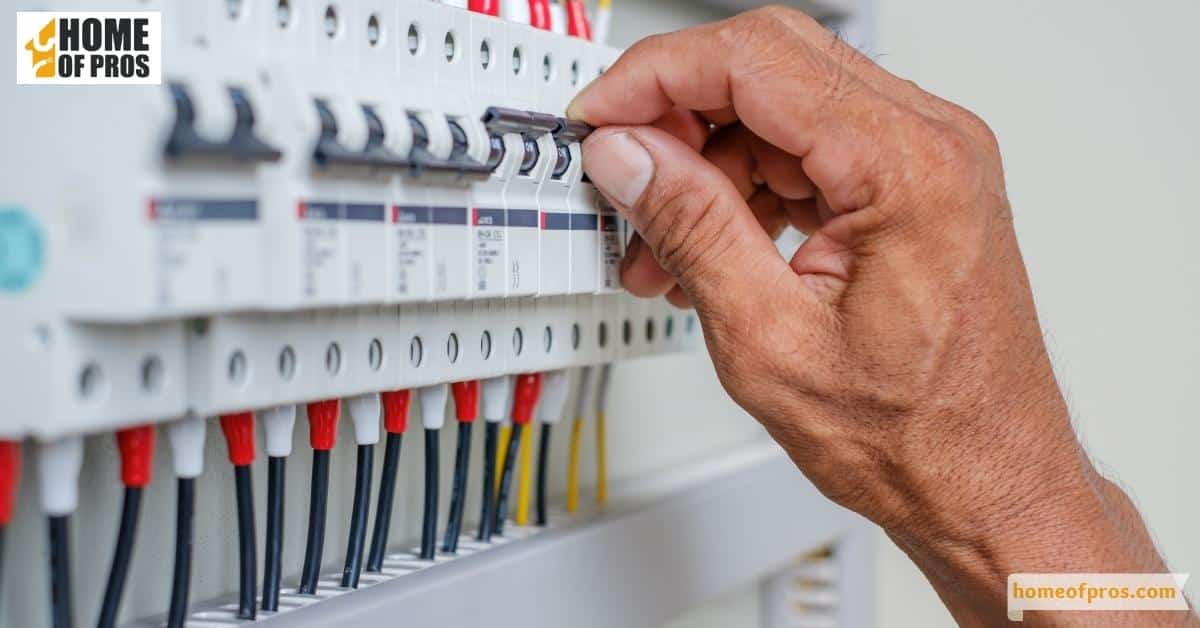
7. Dirt and Debris
Your thermostat is a crucial component of your heating and cooling system, but it can become ineffective if not properly maintained. One of the most common culprits of thermostat malfunction is dirt and debris building up over time. These tiny particles can accumulate inside your thermostat, interfering with its temperature sensors and causing it to become inaccurate.
This can result in your HVAC system not turning on or off when it should, leading to discomfort and higher energy bills. To prevent this issue, it’s important to keep your thermostat clean and clear of any dirt or debris, which can be done easily with a soft brush and some rubbing alcohol.
You’ll ensure a more comfortable and efficient home environment by taking care of your thermostat.
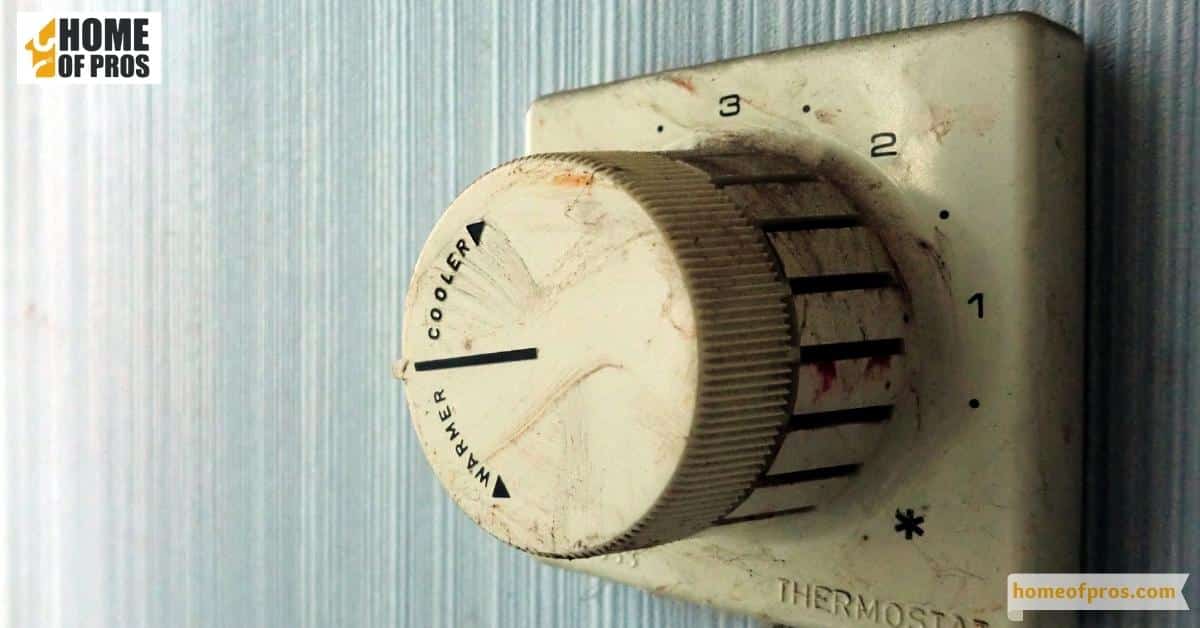
8. Temperature Sensor Problems
If you’re experiencing issues with your thermostat, it could be due to a variety of problems, one of which may be temperature sensor problems. Temperature sensors are a key component of thermostats as they help regulate the desired temperature in your home.
However, if the sensor is malfunctioning, it can cause your thermostat to inaccurately read the temperature. This can lead to inconsistent heating or cooling and even higher energy bills. If you suspect that your temperature sensor is the root of your thermostat problems, it’s best to call a professional HVAC technician to diagnose and fix the issue to ensure your home stays comfortable and energy-efficient.
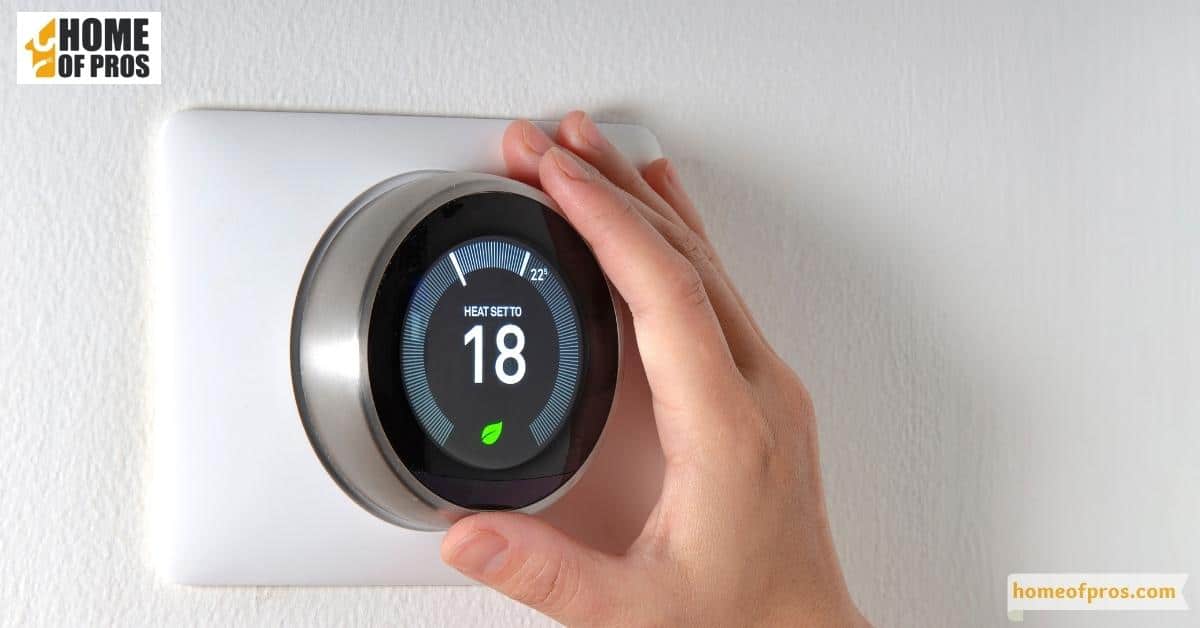
In conclusion
A thermostat that isn’t working can mean added stress and discomfort in our everyday lives. Fortunately, there are a number of reasons why a thermostat may not be functioning correctly.
These include everything from simple power source issues to faulty wiring or a broken thermostat. By taking the time to check for common issues and considering the eight reasons we’ve outlined, you can identify and solve the problem with your thermostat in no time at all.
Whether you’re a homeowner or a renter, it’s important to tackle thermostat issues as soon as possible to ensure a comfortable living environment year-round.












